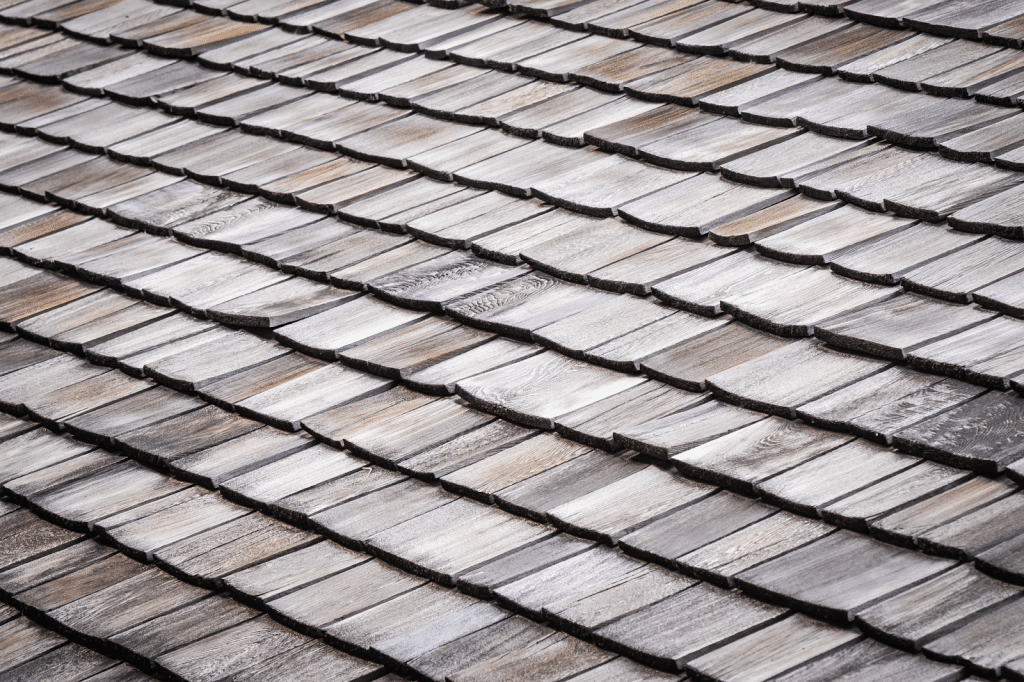Your roof protects everything beneath it—your home, your belongings, and your peace of mind. Yet few homeowners know how to judge when a roof needs simple repairs and when it is time for full replacement. Waiting too long can cause hidden leaks, insulation damage, and costly structural issues. Acting too soon can mean spending more than necessary. The real skill lies in reading the signs, understanding your roof’s age and condition, and making a decision based on facts, not fear.
Start with the Roof’s Age
Every roof has a lifespan determined by its materials, maintenance history, and exposure to weather. Asphalt shingles generally last 20 to 25 years, while metal and tile roofs can exceed 40 years with proper care. If your roof is under 10 years old and shows minor damage in one area, repairs are usually sufficient. But if it is approaching the end of its expected life, replacement often makes more financial sense.
An older roof may look stable but could be weakened beneath the surface. Replacing individual shingles on a system that is already compromised is like patching one tire when the entire set is bald—it may solve the immediate problem, but not for long. A roof’s age is often the most reliable indicator of which direction to take.
Assess the Extent of the Damage
Damage should be viewed in both scope and depth. Localized issues—missing shingles, a small leak around a vent, or minor flashing damage—can usually be repaired effectively. However, when damage extends across large sections or reaches the underlying structure, replacement is the smarter investment.
Water stains on ceilings, sagging decking, or dark patches that keep reappearing after storms indicate deeper structural issues. These are warning signs that repairs may only delay inevitable failure. An inspection by a professional roofer will determine whether the damage is surface-level or system-wide.
If you live in Central Ohio and are uncertain which route makes sense for your home, the team at The Roofing Guys in Columbus can provide a clear, honest assessment. Their licensed professionals specialize in evaluating roof condition, explaining options, and helping homeowners choose the solution that preserves safety, value, and budget—all without pressure.
Consider the Roof’s Performance During Weather
In a region like Ohio, where roofs endure snow, heat, and heavy rain, performance under stress tells you a lot. If shingles are frequently blowing off, granules are filling your gutters, or leaks occur after every storm, your roofing system has likely lost integrity. Frequent repairs in these cases only buy time—they don’t solve the root problem.
A replacement creates a sealed, efficient barrier built for the next decade of weather extremes. If your home experiences consistent leaks despite repeated fixes, replacement eliminates the cycle of patching and prevents long-term water damage inside the structure.
Evaluate Energy Efficiency and Curb Appeal
An aging or poorly maintained roof often contributes to higher energy bills. Heat escapes in winter and builds up in summer when insulation and ventilation are compromised. A new roof can significantly improve energy performance by reflecting heat, sealing gaps, and maintaining consistent indoor temperatures.
Beyond function, appearance matters. Curling shingles, discoloration, and visible sagging affect curb appeal and home value. If you are considering selling your home within a few years, a replacement can make a powerful first impression and often delivers a strong return on investment.
Calculate the Long-Term Cost
Repairs may seem cheaper upfront, but if they are frequent or temporary, they can easily surpass the cost of replacement over time. The key is to calculate total value, not just immediate expense. For example, repairing leaks on a 20-year-old roof every season adds up quickly and does not stop underlying deterioration. A new roof eliminates recurring costs and typically comes with a manufacturer and workmanship warranty for added protection.
If your repair estimate exceeds 25 to 30 percent of the price of a new roof, replacement usually becomes the better choice. It provides renewed durability, energy efficiency, and peace of mind, without the uncertainty of when the next repair will be needed.
When Repairs Are the Right Choice
Not every issue requires full replacement. If your roof is relatively young, structurally sound, and suffering from localized damage caused by wind, branches, or minor wear, professional repair can restore it effectively. Repairs make sense when:
- The roof is less than 10–12 years old.
- The damage is confined to one area.
- There are no leaks or structural concerns beneath the surface.
- The surrounding shingles and underlayment remain in good condition.
A skilled roofer can match shingles, reseal flashings, and replace damaged sections to extend the life of the existing roof without major disruption or expense.
When Replacement Is Unavoidable
Replacement becomes necessary when deterioration is widespread or ongoing. Warning signs include:
- Sagging or spongy decking beneath your feet.
- Frequent leaks appearing in multiple areas.
- Shingles that are cracked, curled, or missing granules across the roof.
- Mold or rot in the attic or insulation.
- Roof age nearing or beyond its expected lifespan.
At this point, continued repairs only postpone the inevitable and risk damage to your home’s interior. Replacement restores structural integrity, prevents water intrusion, and ensures lasting protection.
Making a Confident Decision
Your roof’s condition sets the tone for your entire home. By understanding the signs and acting early, you not only prevent damage but also strengthen the comfort, safety, and beauty of your space for years to come.

